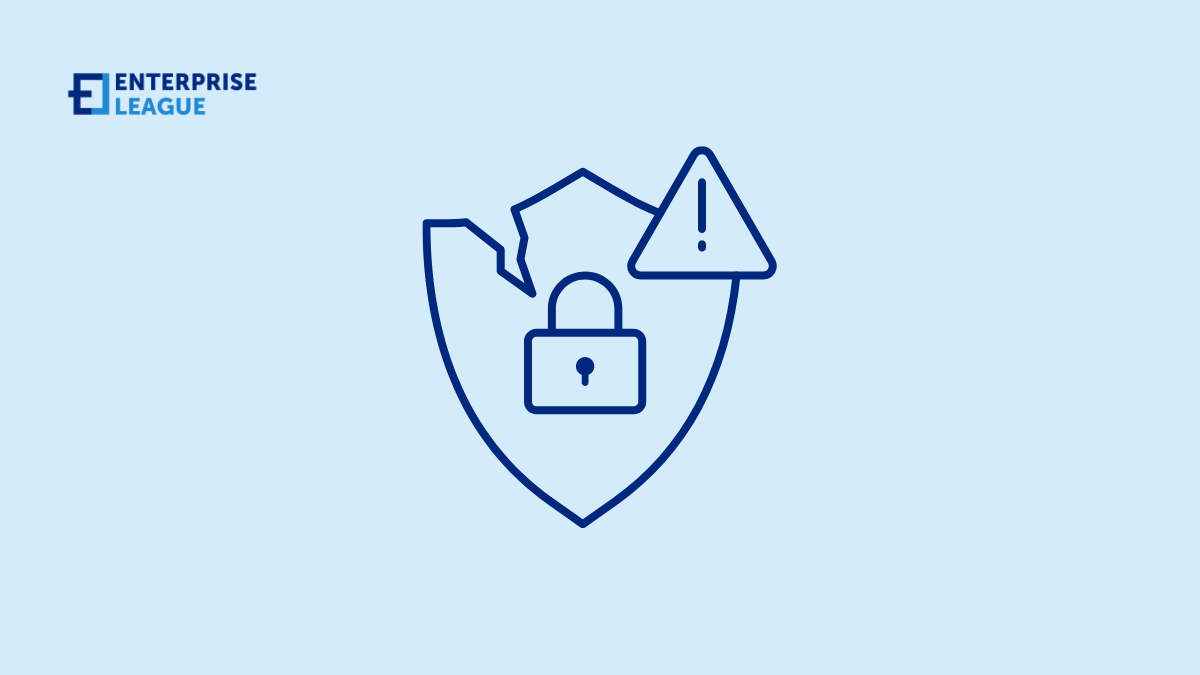The Zero Trust security model signifies a profound transformation in cybersecurity, guided by the principle of “never trust, always verify.” Opposite to traditional models that deem everything inside the network as safe, Zero Trust assumes that no user, device, or application is automatically trustworthy, regardless of their location or previous access. It requires that every access request undergo continuous authentication, authorization, and encryption before granting access to any resources.
Read on to learn how the Zero Trust security model can strengthen your company’s defenses, exploring its principles, benefits, and how to implement it effectively.
What is Zero Trust?
Zero Trust is a comprehensive security framework that operates on the principle that no user or device should be inherently trusted. Unlike other security models that may assume trust based on network location, Zero Trust is characterized by its stringent, continuous verification processes, regardless of the user’s or device’s location. It’s particularly beneficial for businesses considering outsourcing IT in Chicago, as it ensures robust security and confidentiality regardless of geographic boundaries.
Here’s a breakdown of the core tenets of Zero Trust security:
Continuous verification
Users and devices are authenticated whenever they attempt to access a resource, typically using multi-factor authentication.
Least privilege
Access is limited to the minimum necessary for users to perform their duties, reducing the risk of compromised credentials.
Microsegmentation
The network is divided into secure zones, which help to control access and thwart lateral movements by attackers.
Data encryption
Data is encrypted in transit and at rest, bolstering security measures.
In essence, Zero Trust moves away from the outdated assumption of trust based on location and instead focuses on verifying the legitimacy of every access request.
Benefits of Zero Trust for companies
Implementing a Zero Trust security model offers numerous advantages for businesses. IT managed by experts ensures that these benefits are maximized, providing companies with enhanced security, operational efficiency, and confidentiality.
Here are the advantages of implementing Zero Trust:
Enhanced security
Zero Trust architectures enhance security by requiring verification for each access request, greatly reducing the chance of unauthorized entry. This continuous verification process helps secure the environment by preventing potential intruders from accessing sensitive data.
What is Lorem Ipsum?
Lorem Ipsum is simply dummy text of the printing and typesetting industry. Lorem Ipsum has been the industry’s standard dummy text ever since the 1500s, when an unknown printer took a galley of type and scrambled it to make a type specimen book. It has survived not only five centuries, but also the leap into electronic typesetting, remaining essentially unchanged. It was popularised in the 1960s with the release of Letraset sheets containing Lorem Ipsum passages, and more recently with desktop publishing software like Aldus PageMaker including versions of Lorem Ipsum.
Improved compliance
Zero Trust makes it easier to adhere to privacy regulations. The model’s rigorous access controls and data protection strategies aid in compliance with stringent requirements of laws like GDPR and CCPA.
Greater flexibility
Zero Trust models help reduce the overall costs associated with cybersecurity incidents by minimizing the attack surface and lessening the impact of potential breaches. Precise access control also reduces the need for extensive security measures around less sensitive data, leading to more focused and cost-effective resource allocation.
Cost efficiency
Zero Trust models can decrease the overall costs associated with cybersecurity incidents by minimizing the attack surface and reducing the impact of potential breaches. The precise access control also reduces the need for extensive security measures around less sensitive data, allowing for more focused and economically efficient resource allocation.
Increased visibility
Zero Trust systems provide detailed logs and analytics on user activities and access patterns, improving oversight and enabling quicker responses to suspicious actions. This increased visibility is crucial for detecting and mitigating threats early in development.
The benefits of Zero Trust extend far beyond just security. By adopting a Zero Trust model, companies can improve compliance, empower a more flexible workforce, and streamline operations, ultimately achieving a more secure and efficient business environment.
Implementing Zero Trust
Transitioning to a Zero Trust model can be a complex undertaking. Below are strategic steps companies should consider.
Here are the essential steps for implementation:
Security assessment
Begin with a comprehensive evaluation of your current security system to pinpoint vulnerabilities and identify critical assets requiring the highest protection level. This foundational step sets the stage for a tailored Zero Trust strategy that prioritizes the confidentiality of critical assets.
Develop a strategy
Create a detailed roadmap for implementing Zero Trust, specifying the technologies and processes utilized. This strategy should include timelines, expected outcomes, and the resources required to achieve these goals.
Select appropriate tools
Zero Trust relies heavily on advanced technologies such as multi-factor authentication, identity and access management (IAM) systems, and more sophisticated monitoring tools. Choosing the right tools is crucial for building a robust Zero Trust architecture.
Educate staff
A crucial element of adopting a Zero Trust framework involves educating all employees about the new guidelines. It’s essential to hold detailed training sessions to help staff grasp the motivations for the change and its impact on their daily tasks.
Shifting to a Zero Trust model represents a major transformation in corporate security practices. This transition necessitates a well-planned strategy, the right technological tools, and a culture of ongoing vigilance and enhancement.
Conclusion
Adopting the Zero Trust security model represents a pivotal shift in the approach to organizational cybersecurity. By embedding rigorous verification and strict access controls into every layer of your network, Zero Trust mitigates risks and enhances overall operational resilience. As cyber threats evolve, integrating this model can ensure that your company remains protected and prepared for future challenges. Embrace Zero Trust to solidify your defense and support sustainable business growth.
More must-read stories from Enterprise League:
- The best apps for entrepreneurs that will help you achieve your goals.
- Best marketing tools for startups that are worth trying.
- Find out how having age diversity in the workplace can improve your business.
- Key factors in determining salary increases for your employees.
- Creative spiritual business ideas that you can start today.
Related Articles
Importance of cross-cultural communication: Why it matters
The importance of cross-cultural communication in the workplace and how it drives workplace success. Find out how to harness the benefits of global culture.
Cloud storage pricing models: Everything you need to know
The efficient management of information assets becomes a critical issue for organizations of all sizes in operations. A keen sense of understanding and strategic ability is necessary to navigate the complex pricing models for storage solutions, where data is king....
Utilizing submersible fountain pumps for improved customer satisfaction
Actionable insights for installing submersible fountain pumps, while focusing on operational efficiency, aesthetic impact, and the strategic use of resources.
Importance of cross-cultural communication: Why it matters
The importance of cross-cultural communication in the workplace and how it drives workplace success. Find out how to harness the benefits of global culture.
Cloud storage pricing models: Everything you need to know
The efficient management of information assets becomes a critical issue for organizations of all sizes in operations. A keen sense of understanding and strategic ability is necessary to navigate the complex pricing models for storage solutions, where data is king....





